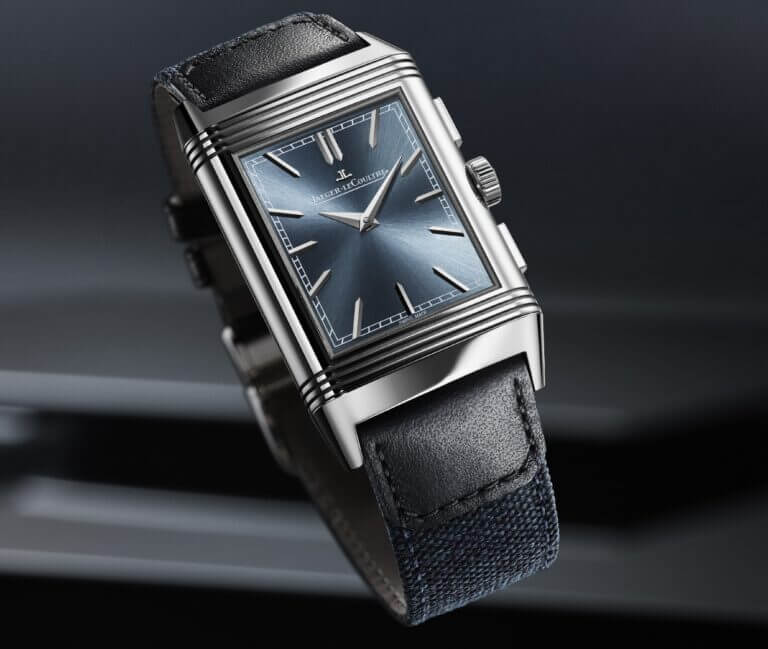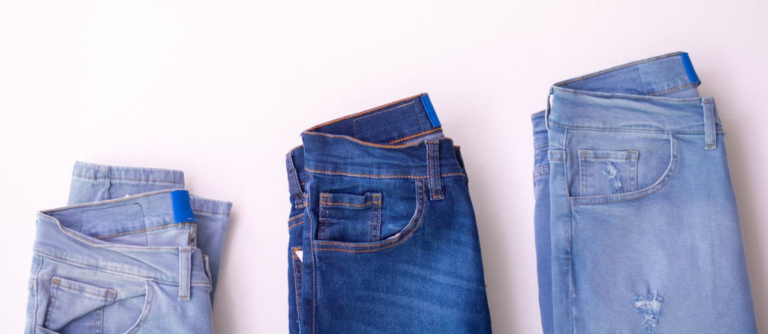Explore the 5 top men’s luxury brands: Dior, Tom Ford, Saint Laurent, Gucci, & Burberry. Discover their iconic styles & history in men’s fashion.
Table of Contents
Key Takeaways
| Aspect | Insight |
|---|---|
| Brand Heritage | Discover the rich histories and cultural significance of these luxury brands. |
| Signature Styles | Explore the unique design elements and aesthetics each brand offers. |
| Quality and Craftsmanship | Understand the exceptional quality and craftsmanship behind these luxury items. |
| Versatility in Fashion | Learn how these brands cater to different styles and occasions. |
| Investment Value | Recognize the enduring value and investment potential of these luxury pieces. |
The Essence of Men’s Luxury Fashion
Luxury brands for men are defined by their unparalleled craftsmanship, innovative designs, and timeless appeal. These brands go beyond mere clothing and accessories; they offer an experience, a testament to the wearer’s taste and status. For more insights into luxury fashion, explore our feature on “The 10 Best French Luxury Brands”, where we delve into the exclusive world of French luxury fashion.
The 5 Best Luxury Brands for Men
- Dior: Dior brings high-class style to men’s clothes with sharp suits and smooth designs. They mix timeless looks with fresh touches. Check out Diors tailoring here.
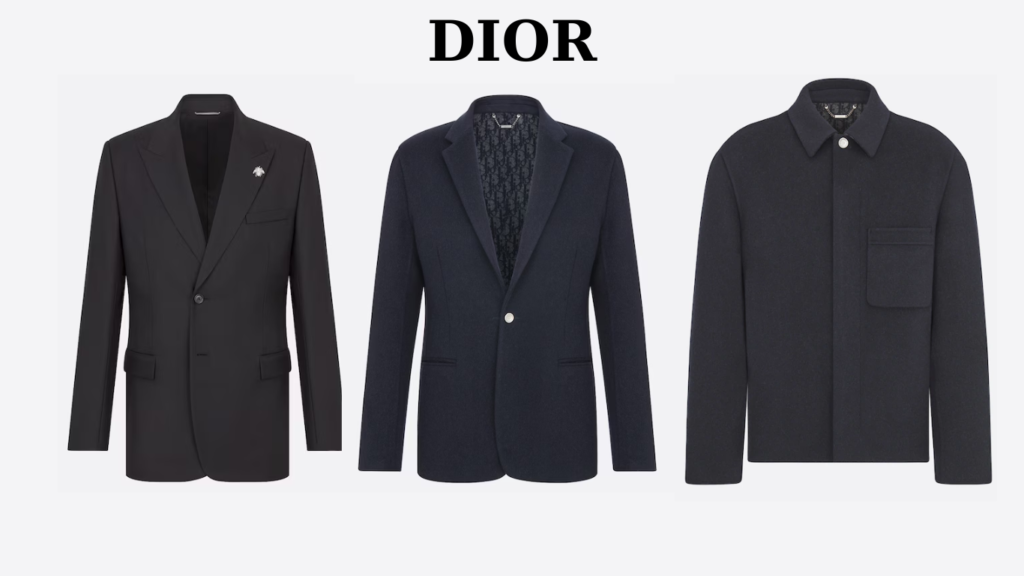
- Tom Ford:Tom Ford represents bold luxury due to its distinctive designs that often incorporate vibrant patterns and luxurious fabrics, crafted with attention to detail, making a strong style statement.
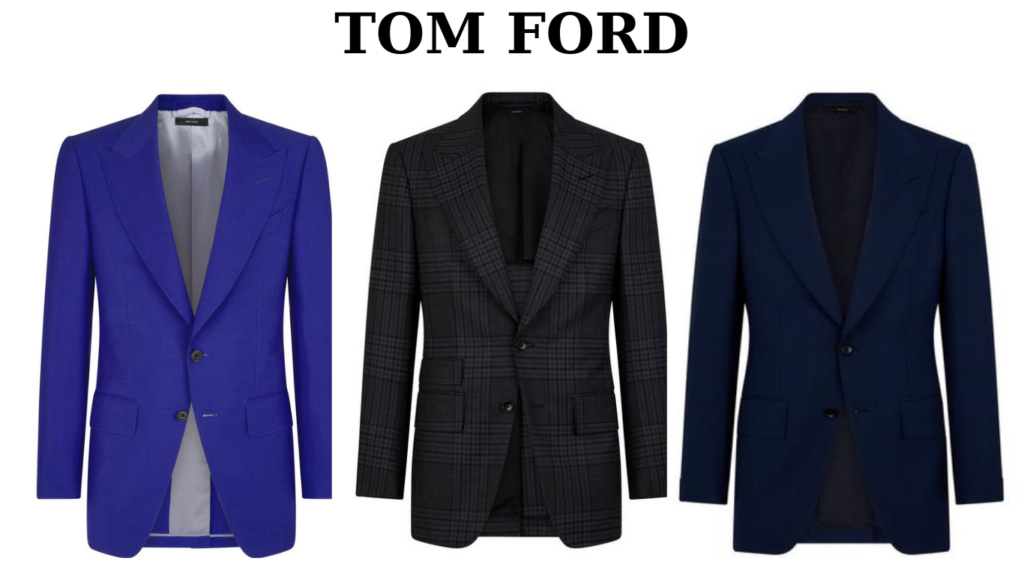
- Saint Laurent: Saint Laurent embodies sleek Parisian style through its modern and edgy designs, often seen on the runways, which are synonymous with high fashion and exclusivity.
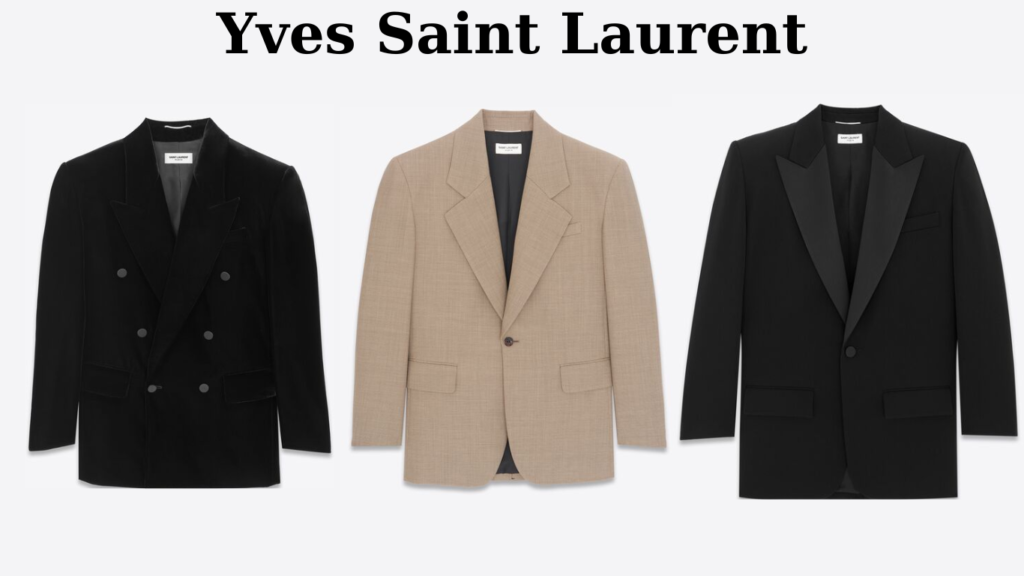
- Gucci: Gucci stands out with its Italian craftsmanship, famous for combining classic luxury with bold elements, reflecting a playful yet sophisticated fashion sense.
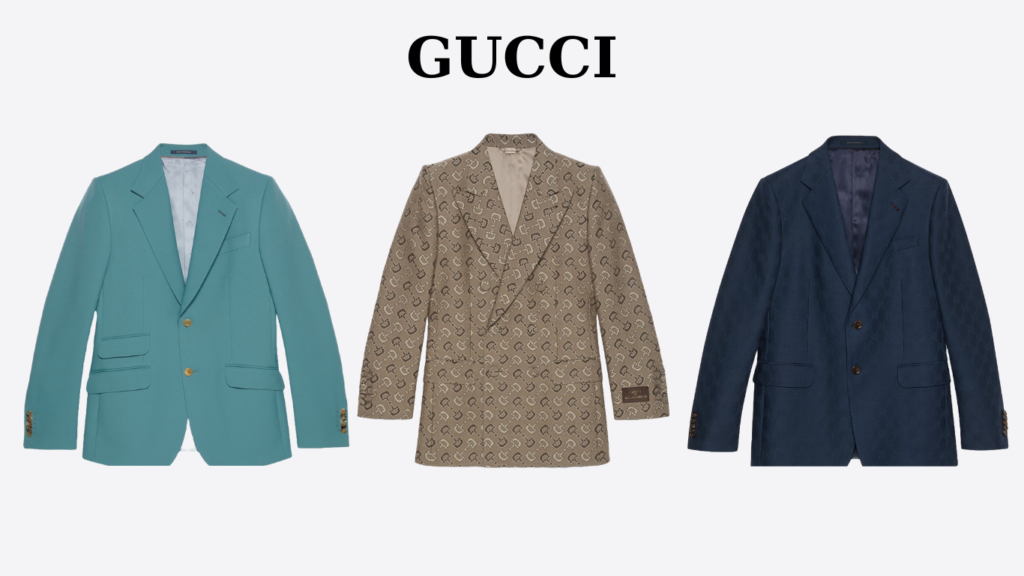
- Burberry: Burberry’s trench coats and signature plaid have become symbols of British heritage fashion, offering a modern twist on classic designs, making it a staple for refined, everyday elegance.
If you’re interrested in what a company like burberry earns check out our article on Burberry Sales, Revenue & Production Statistics
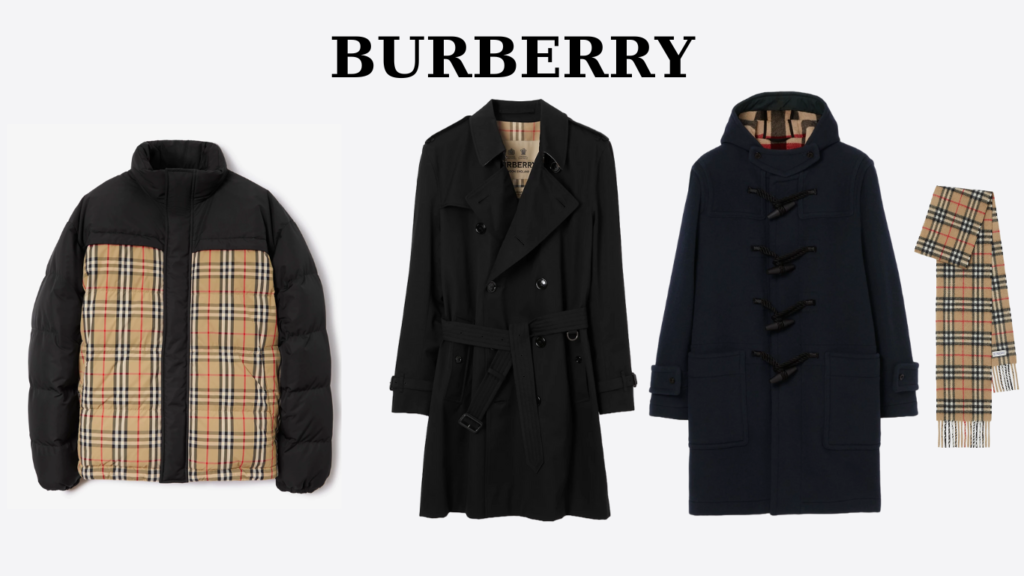
Next, we will delve into each brand’s unique history, their signature pieces, and how they’ve shaped men’s fashion globally. Stay tuned for an in-depth look at these titans of the luxury fashion industry.
The Historical Journey of Men’s Luxury Brands
Dior’s Evolution in Men’s Fashion:
Dior Homme, the men’s division of Christian Dior SA, has been a significant name in luxury men’s fashion. Initially, during the 1980s and 1990s, Dior’s menswear line was known as Dior Monsieur. The brand underwent a transformative phase under Hedi Slimane’s direction from 2001-2002, introducing a slim silhouette that became influential within the industry. Over the years, Dior Homme explored various styles, including rock and roll influences. Since 2018, the line has been known as Dior Men under the creative direction of Kim Jones, signifying a fresh and contemporary approach to luxury menswear.
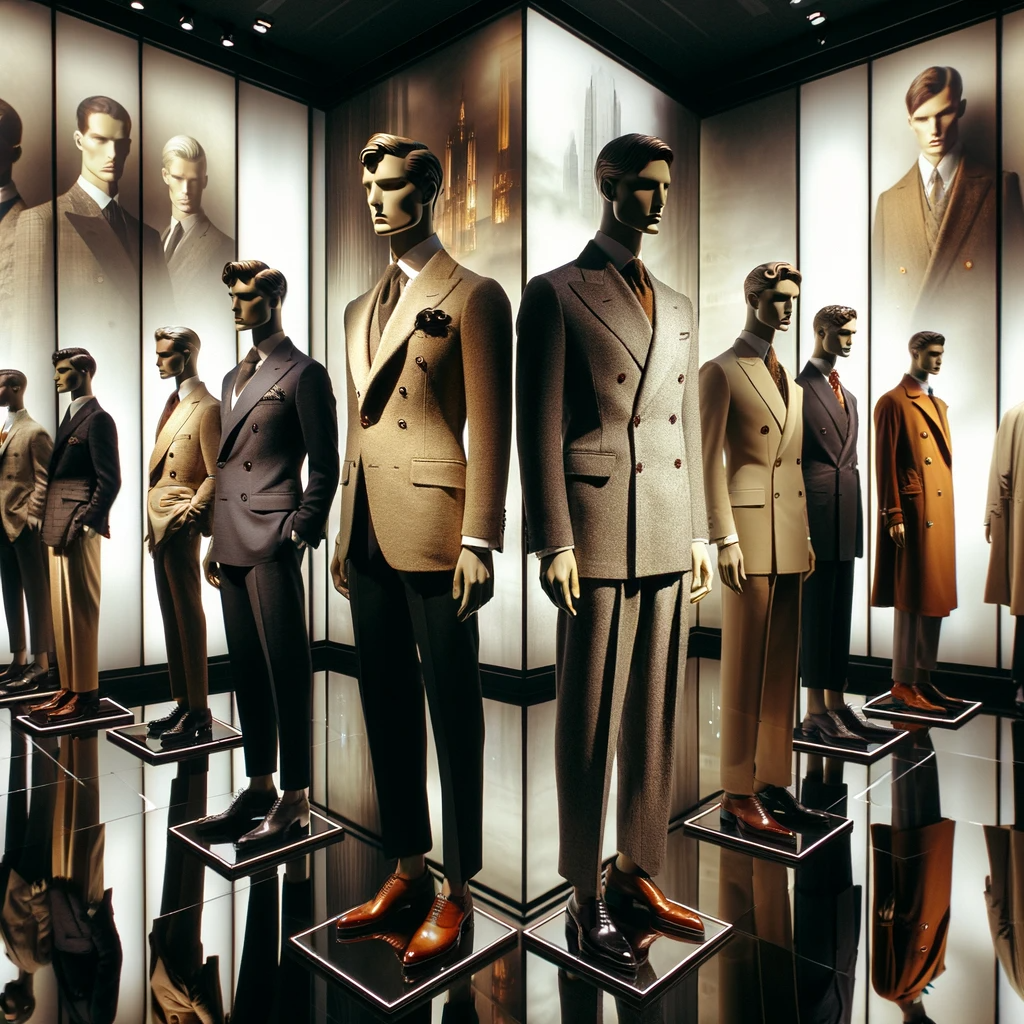
Tom Ford’s Influence on Luxury Menswear:
Tom Ford, after departing as the creative director of Gucci in 2004, Tom ford founded his label in April 2005. Ford’s brand, often described as the first true luxury brand of the 21st century, started with a cosmetics line and quickly expanded into men’s fashion. The first directly owned Tom Ford flagship store opened in 2007 in New York City, marking the brand’s commitment to luxury menswear. Ford’s designs are known for their boldness and attention to detail, setting a high standard in modern luxury fashion.
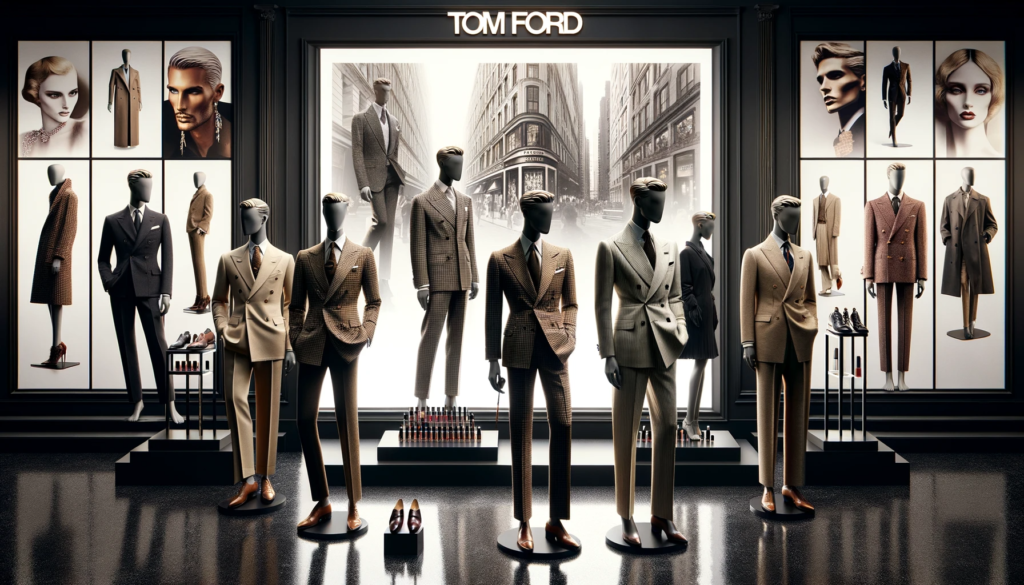
Saint Laurent’s Journey in Men’s Fashion:
Saint Laurent, established in 1962 by Yves Saint Laurent and his partner Pierre Bergé, has been pivotal in shaping men’s luxury fashion. The brand initially gained popularity for its beatnik look, safari jackets, and tight pants. Yves Saint Laurent is credited with popularizing several revolutionary designs, including Le Smoking tuxedo suit for women, which had a significant influence on menswear as well. The brand experienced expansion in the 1980s and 1990s, especially in fragrances and cosmetics. In the late 1990s and early 2000s, under the direction of Hedi Slimane and then Tom Ford, the brand continued to redefine luxury fashion with innovative and edgy designs.
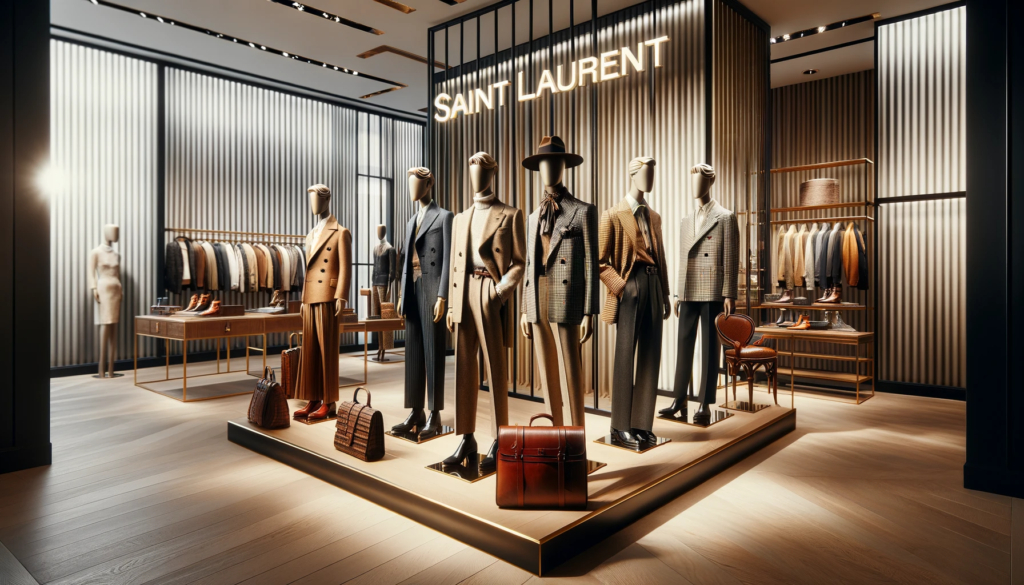
Gucci’s Transformation in Luxury Menswear:
Founded in 1921 in Florence by Guccio Gucci, the brand initially focused on leather goods and luggage. Post-World War II, Gucci expanded and innovated, introducing iconic products like the bamboo-handled bag and the Gucci loafer. The brand opened stores worldwide, including in London, New York, and Paris, and adopted the now-famous double-G logo. Despite a troubled period marked by family infighting, Gucci emerged as a significant player in luxury fashion, known for its combination of traditional luxury with bold, contemporary designs.
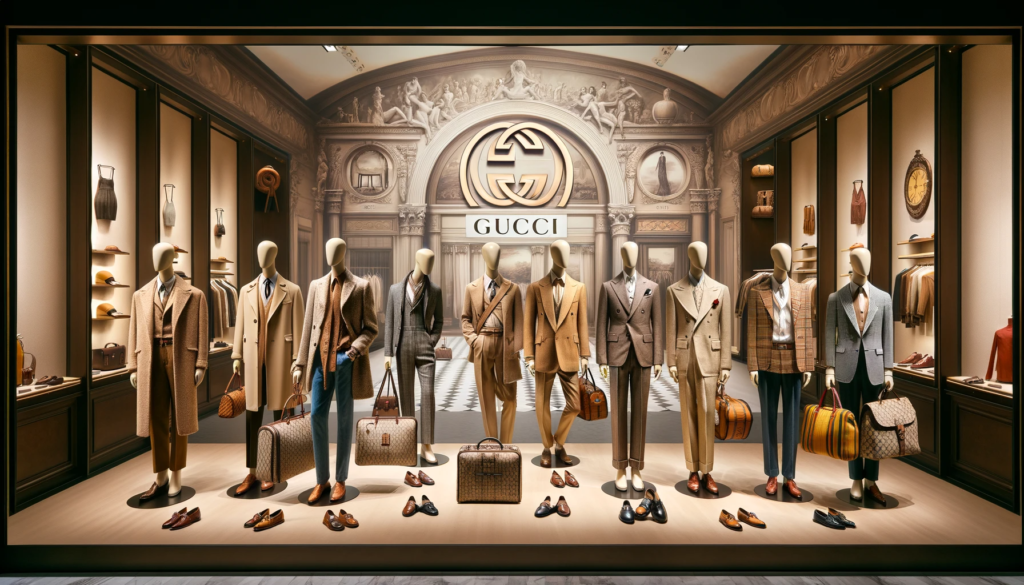
Burberry’s Legacy in Men’s Fashion:
Burberry, founded in 1856 by Thomas Burberry, initially focused on developing outdoor attire. The brand introduced gabardine in 1879, a water-resistant yet breathable fabric. Burberry is most famous for its trench coat, developed during the First World War and later popularized among civilians. The iconic Burberry check pattern has been a staple since the 1920s. In the late 20th century, under the leadership of Rose Marie Bravo, Burberry underwent a significant transformation, reestablishing itself as a luxury fashion house. The brand has continued to evolve, maintaining its British elegance while incorporating modern trends.
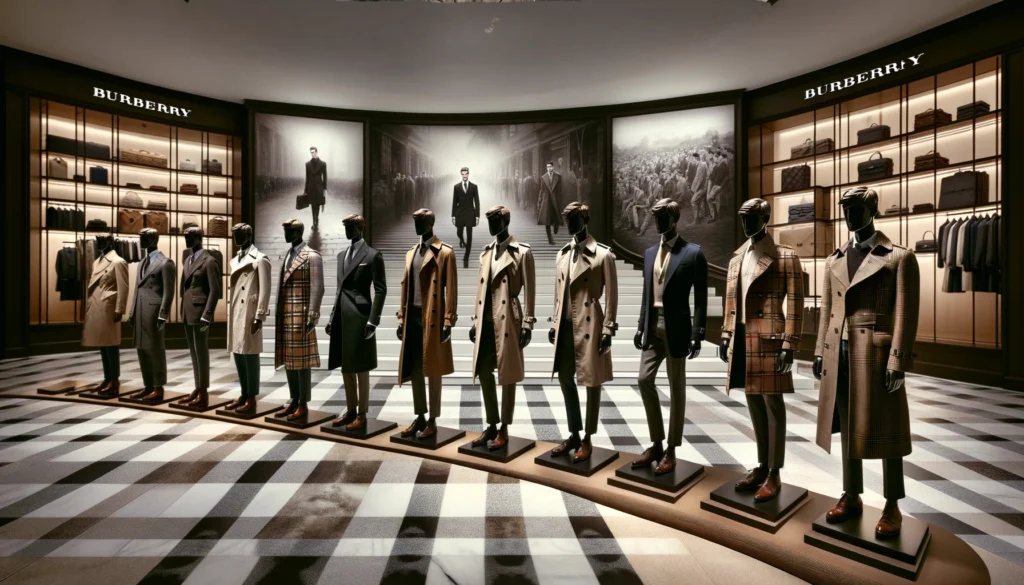
Each of these brands has uniquely contributed to the landscape of men’s luxury fashion, bringing their historical legacy, distinctive styles, and innovative approaches to the forefront of the industry.
Integrating Luxury into Your Wardrobe
Incorporating pieces from these luxury brands into your wardrobe is not just about wearing a label. It’s about crafting a personal style narrative. Whether it’s the sleek elegance of a Dior suit, the bold statement of a Tom Ford jacket, the edgy sophistication of Saint Laurent, the vibrant flair of Gucci, or the classic charm of Burberry, each brand offers unique elements to elevate your wardrobe.
Styling with Luxury: Tips and Tricks
Choosing the Right Piece for the Occasion
- Casual Outings: Pair a Saint Laurent leather jacket with jeans for a cool, casual look.
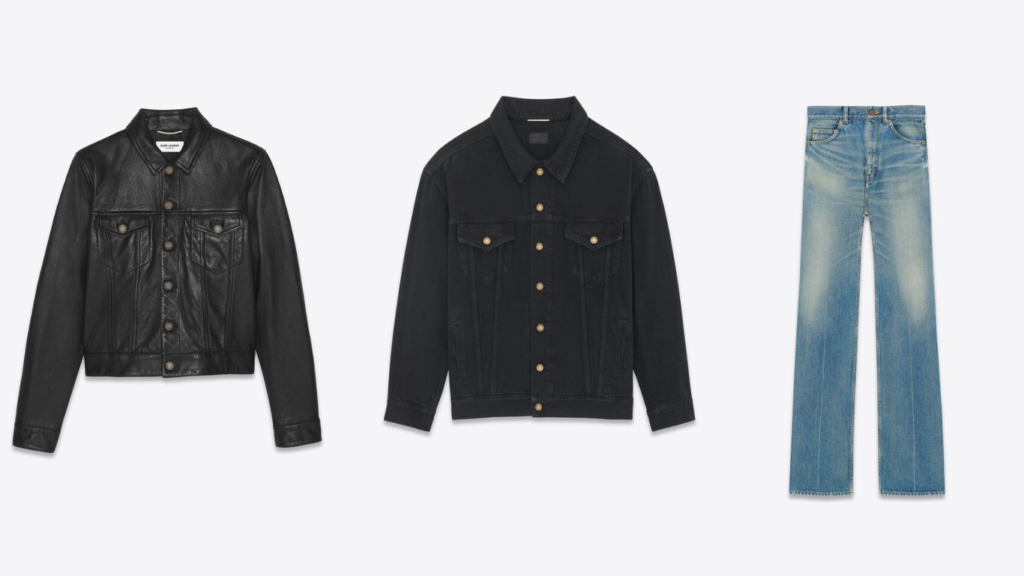
- Business Meetings: A Burberry blazer or Gucci trousers can add a touch of sophistication to your professional attire.
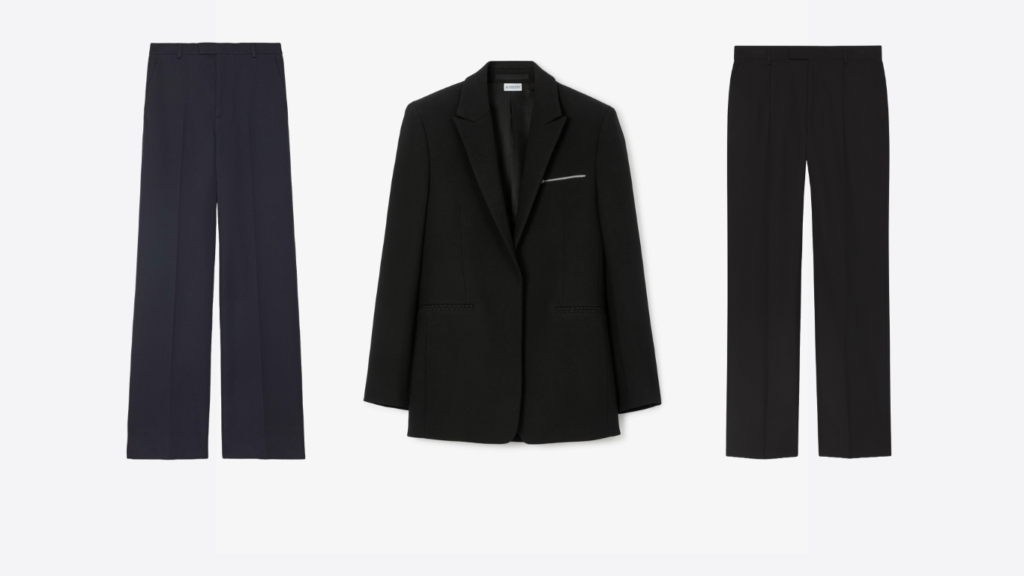
Maintaining Your Luxury Wardrobe
- Care and Storage: Proper care is crucial. Follow specific cleaning instructions and store items properly to ensure longevity.
- Investing in Timeless Pieces: Focus on classic styles that won’t go out of fashion, ensuring a lasting value for your investment. Discover more about investing in enduring fashion with our guide on “Timeless Clothes”, where we explore the essentials for a timeless wardrobe.
Conclusion
Embracing luxury fashion is about more than just the brands; it’s about expressing your individuality and appreciating the art of fine craftsmanship. Dior, Tom Ford, Saint Laurent, Gucci, and Burberry each offer unique avenues to explore and elevate your personal style. Remember, luxury fashion is not just a purchase, it’s an experience.


